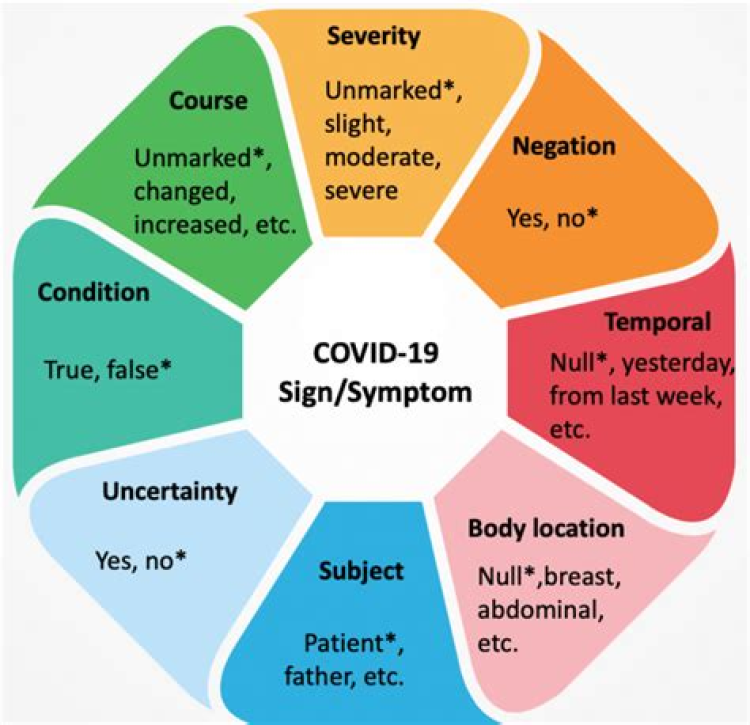- Authors: Carole H. Sudre, Benjamin Murray, Claire J. Steves
Abstract
Reports of long-lasting coronavirus disease 2019 (COVID-19) symptoms, the so-called ‘long COVID’, are rising but little is known about prevalence, risk factors or whether it is possible to predict a protracted course early in the disease. We analyzed data from 4,182 incident cases of COVID-19 in which individuals self-reported their symptoms prospectively in the COVID Symptom Study app1. A total of 558 (13.3%) participants reported symptoms lasting ≥28 days, 189 (4.5%) for ≥8 weeks and 95 (2.3%) for ≥12 weeks. Long COVID was characterized by symptoms of fatigue, headache, dyspnea and anosmia and was more likely with increasing age and body mass index and female sex. Experiencing more than five symptoms during the first week of illness was associated with long COVID (odds ratio = 3.53 (2.76–4.50)). A simple model to distinguish between short COVID and long COVID at 7 days (total sample size, n = 2,149) showed an area under the curve of the receiver operating characteristic curve of 76%, with replication in an independent sample of 2,472 individuals who were positive for severe acute respiratory syndrome coronavirus 2. This model could be used to identify individuals at risk of long COVID for trials of prevention or treatment and to plan education and rehabilitation services.
Main
COVID-19 can manifest a wide severity spectrum from asymptomatic to fatal forms2. A further source of heterogeneity is symptom duration. Hospitalized patients are well recognized to have lasting dyspnea and fatigue in particular3, yet such individuals constitute only a small proportion of symptomatic COVID-19 (ref. 4). Few studies capture symptoms prospectively in the general population to ascertain with accuracy the duration of illness and the prevalence of long-lasting symptoms.
Here, we report a prospective observational cohort study of COVID-19 symptoms in 4,182 users of the COVID Symptom Study who reported testing positive for severe acute respiratory syndrome coronavirus 2 (SARS-CoV-2) and started logging on the app when feeling physically normal, enabling accurate determination of symptom onset (Methods)5,6. Symptom duration in these individuals was compared with that in age-, sex- and body mass index (BMI)-matched symptomatic controls who tested negative for COVID-19.
We then compared users with symptoms persisting over 28 d (LC28) to users with shorter duration of symptoms, that is, less than 10 d (short COVID). Our previous findings that clusters of symptoms predicted the need for acute respiratory support7 led us to hypothesize that persistent symptomatology in COVID-19 (long COVID) is associated with early symptom patterns that could be used for prediction.
For More Information: https://www.nature.com/articles/s41591-021-01292-y
